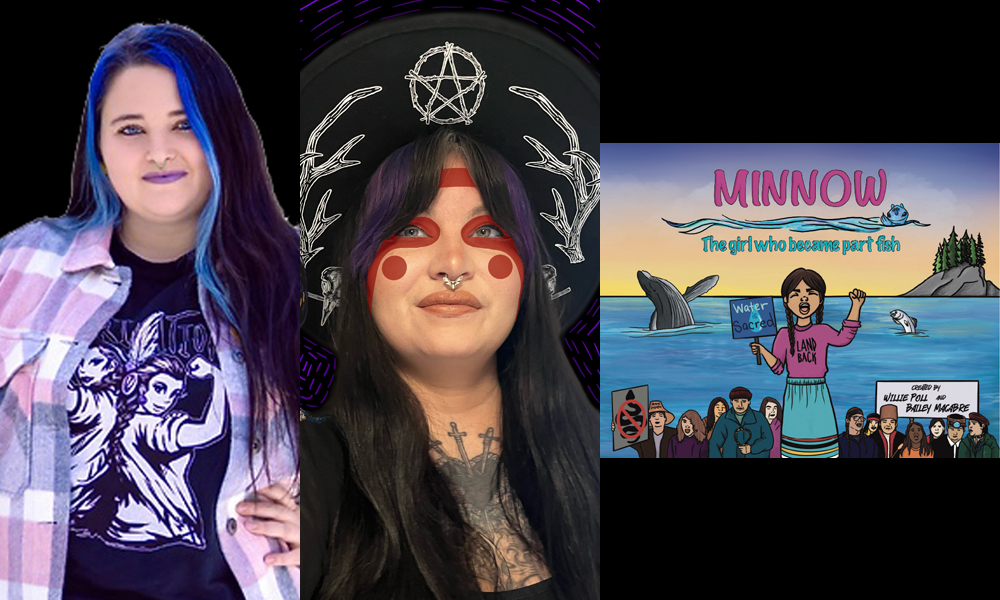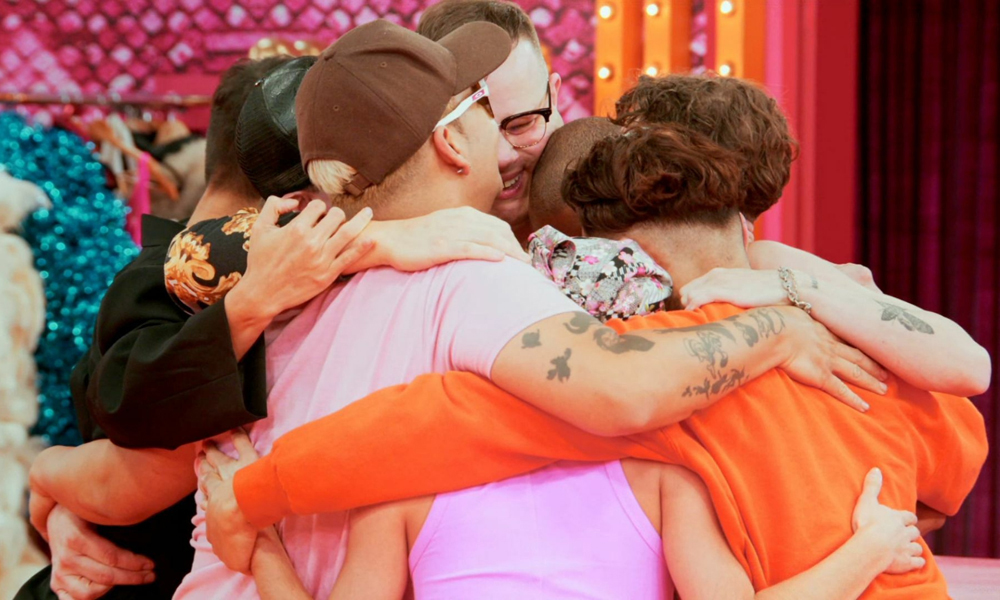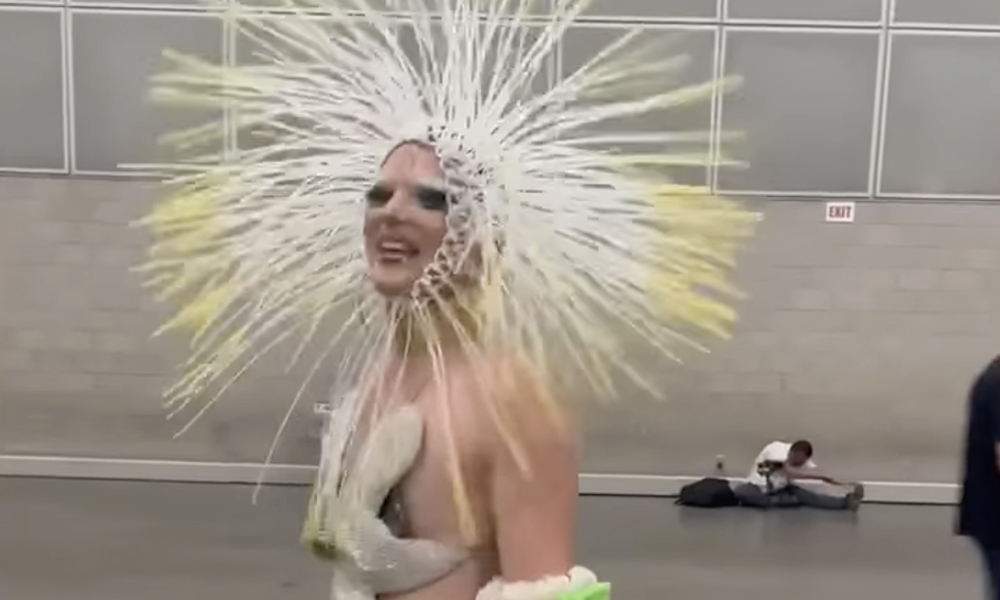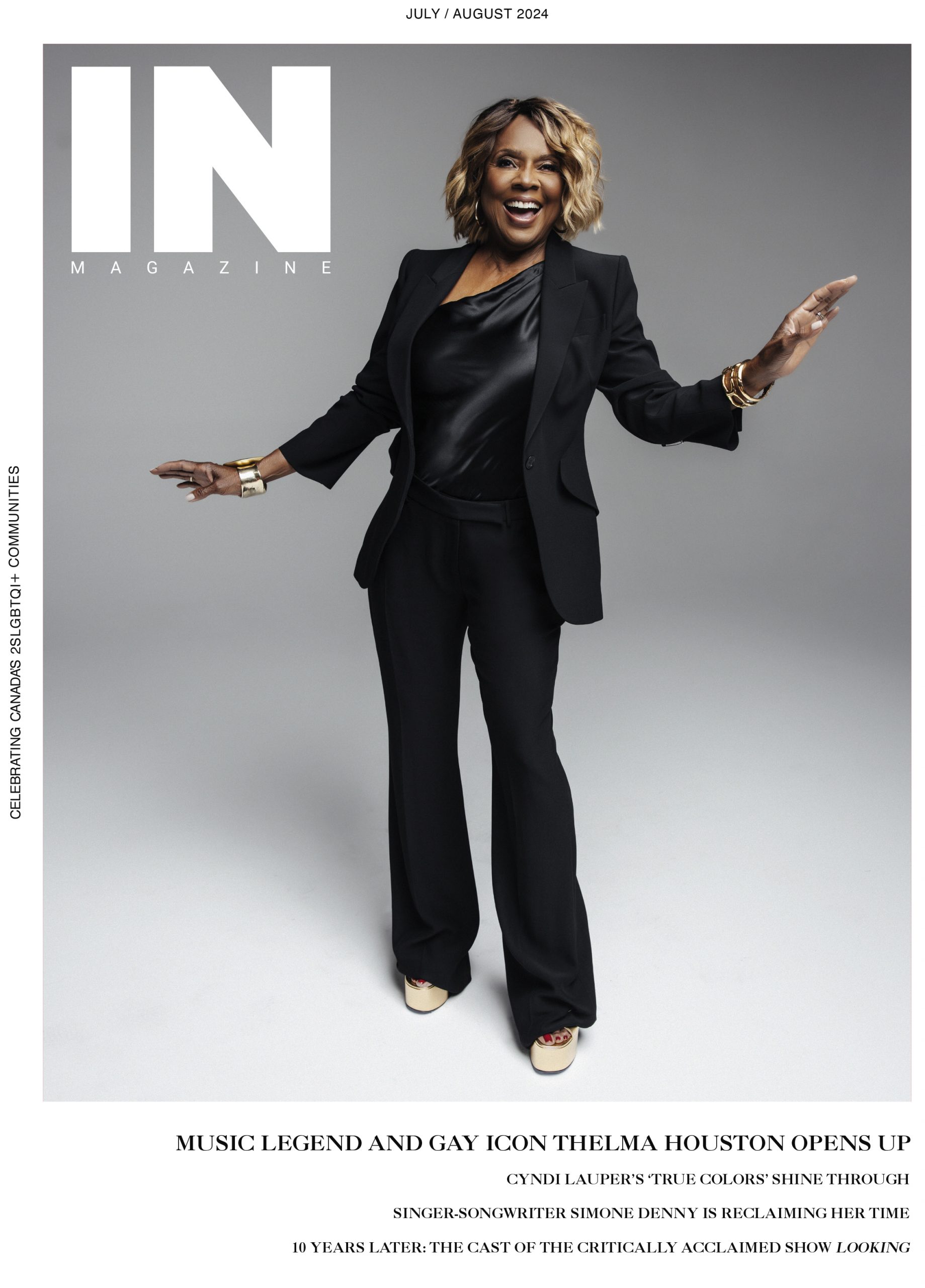We spoke Poll and macabre about their recent collaboration, what they hope kids learn from the story, how their queer identities shapes their storytelling, and much more…
Earlier this year acclaimed Metis author and educator Willie Poll released her latest book Minnow: The Girl Who Became Part Fish. Poll has spent the last ten years working in Indigenous education and is passionate about supporting Indigenous youth to reach their dreams and reclaim their power, themes that run throughout the recently released children’s book as well as her first book Together We Drum, Our Hearts Beat as One.
Minnow: The Girl Who Became Part Fish (suggested for ages 6 to 10) is about a young Indigenous water protector named Minnow goes on an underwater journey; learning from our ocean-living relatives. The children’s book (available in hardcover and softcover) is told in lyrical rhyme and helps children gain a better respect for Indigenous water and land protectors, the environment and world around them, and helps show children activism at an early age.
We spoke with Poll, and the book’s illustrator bailey macabre, about creating Minnow: The Girl Who Became Part Fish, what they hope kids learn from the story, how their queer identities shapes their storytelling, and much more.
What inspired the story of Minnow?
Willie Poll: When I started writing Minnow I was teaching in Lil Wat First Nation. I had previously taught in two different Nations, both of which were impacted by the salmon decline, but this was my first time really seeing the impact on the youth. I remember one student telling me they used to be able to smell the salmon run when it came through but that it hadn’t been like that since he was a little kid. The youth were grieving and my way of coping was to write. I ended up writing Minnow which encompassed so many of my fears, hurt, and emotions around what I’d experienced in my own lifetime and what I was watching the youth experience in theirs.
What are some of the hidden pieces in the imagery in the book?
bailey macabre: There are several exciting things to discover on every page, including many of the animals found around the Salish Sea, but my favourite thing to find on every page is the Water Spirit. They’re hidden in every single page of the book and it can be fun to try to find out where they’re hiding!
What do you hope kids learn from the story?
Willie Poll: I think in todays world kids and youth are very aware of the risks to the planet and some of the ways we can mitigate those risks. For me, I think what is lacking in the schools and at home is the realization that so much of the water and land protection is being done by Indigenous land defenders, and being done at huge risk to them. They are undergoing threats and acts of violence, police detainment, and so much more. I want kids to gain a better understanding of the people at the front lines and how to be strong allys and support them. I hope the story sparks conversation about some of the incredible ways Indigenous people around the globe have helped to protect mother earth and even more so some of he ways that everyone can support them in this journey of land back.
bailey macabre: I hope that kids learn the power of sticking up for the land, water, and animals, and that it takes strength and courage to do what is right. I hope they recognize our kinship with water and animals and feel empowered to start thinking about how to live in a way that respects and honours these creatures. I also hope that they see how important it is for adults to listen to the things they say, and that they have the power to speak the truth and huge changes can be made if we take the time to listen to the wisdom of our youth.
You wrote the forward to the story together as a land back love letter, what does that mean for you both?
Willie Poll: I think it was really powerful to write the forward together. I feel like when you are doing childrens literature the story is only 50% the authors, or at least that is how I want it to feel. The imagery and the power in the illustrations don’t come from me, and I could have never imagined them. They represent the artists emotions, stories, and experiences, and that is one of the most beautiful things about children’s books. I think that bailey and I both have a lot of things that we feel strongly about, and land back is one of them, so it made perfect sense to create the forward as a way to highlight the meaning behind the story for both of us.
bailey macabre: I think it’s important for us to contextualize the story in a way that grounds it in important movements taking place today. While it is a fantastical tale about a youth experiencing life as part fish, the reality is that if we don’t take climate change, water protection, and Indigenous sovereignty seriously, we risk losing all those relations tied to the sea. I am a firm believer that the only way we are going to make it through our current climate disaster is to get the land back into the hands of Indigenous people – the original stewards of the land since time immemorial – and learn how to coexist in a way that doesn’t view humans as beings outside of or separate from nature.
You’re both queer creators, how does your identity shape your storytelling?
bailey macabre: The reality I’ve come to recognize as a creator is that no aspect of my identity is possibly separated from what which I create. I am nehiyaw, queer, disabled, and neurodivergent, and all of these complex intersections of my identity inform everything I do. When I work in arenas like children’s stories, or storytelling in general, I think it’s important to consider what was missing from my own childhood and what would have benefitted me growing up. Positive Indigenous representation is so important to me, and in terms of my work on this story – Minnow is definitely queer-coded to me. It’s hard to fully embody how I viewed her as a gender diverse character, given that the story is called “The girl who became part fish”, but I do think, when illustrating the book, I wanted anyone to look at her and feel represented, regardless of what gender they are. She is definitely meant to read as a genderless, gender diverse character and I think creating characters like this is so important in our society. It took me 31 years before I had ever heard of agender identity, and prior to discovering this about myself, I often thought I was just born “wrong” and that nobody else felt this way. I think the more queer representation we have access to at a younger age, even if the queerness is subtle and more coded, the easier it will be for any and everyone questioning their gender identity.
Willie Poll: I think it’s a really interesting question because although I’m a queer person I’m also often in straight passing relationships (or have been the last few years), and that comes with its own array of challenges. None of the characters I write about are explicitly queer but for me they don’t need to be. You don’t know someone’s gender or sexual identity just by looking at them and so I think for me I want to get to a place where not assuming is the normal. Minnow is a shapeshifting sea creature, in my mind their identity and gender identity are going to shift and flow fluidly like they do. Minnow goes through a transformative event like so many youth who are coming of age do, and so I think learning about Minnow’s own identity and going through this big change is in a way symbolic of some of those challenges youth face when they are trying to figure out who they are and when they begin learning that who they are doesn’t need to stay the same.
Minnow: The Girl Who Became Part Fish ($16.99 – $19.95), by author Willie Poll (Indigenous Canadian; Métis;) and artist bailey macabre (Indigenous Canadian; First Nations; Cree (Nehiyawak); Métis;) is available now. Buy it here: Medicine Wheel Publishing.






POST A COMMENT